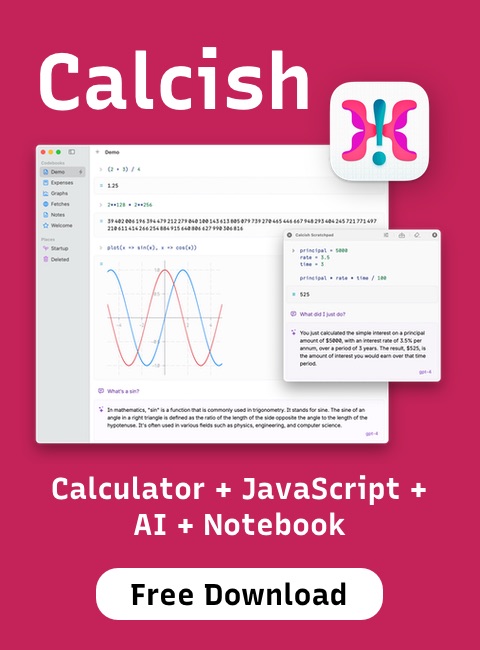| Mar 25, 2024 |
Calcish = Calculator + JavaScript + AI + Notebook |
| Sep 17, 2023 |
A look at Apple’s new Transformer-powered predictive text model |
| Aug 24, 2023 |
Meta releases Code LLama |
| Jul 19, 2023 |
Introducing Llama 2 |
| Jun 04, 2023 |
Falcon 7B/40B model is released under Apache 2.0 license |
| May 02, 2023 |
Mojo |
| Apr 22, 2023 |
Google Bard now supports programming languages |
| Apr 11, 2023 |
Tiktokenizer |
| Mar 17, 2023 |
Alpaca.cpp |
| Mar 12, 2023 |
Port of Facebook's LLaMA model in C/C++ |
| Feb 19, 2023 |
GPT in 60 Lines of NumPy |
| Jan 17, 2023 |
Let's build GPT: from scratch, in code, spelled out |
| Jan 15, 2023 |
Awesome CoreML Models |
| Dec 07, 2022 |
Stable Diffusion with Core ML on Apple Silicon |
